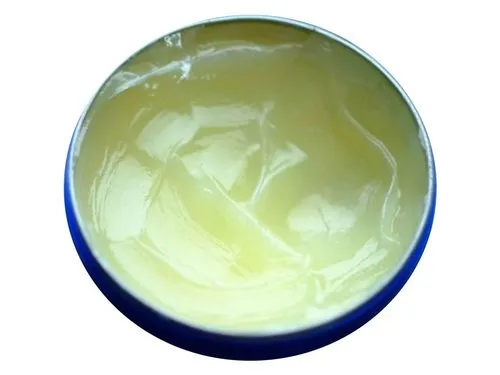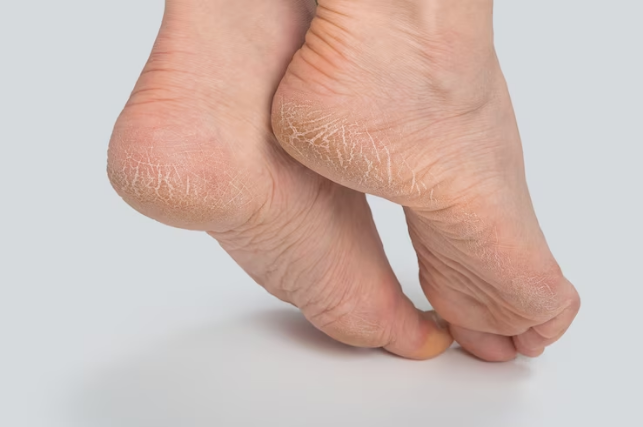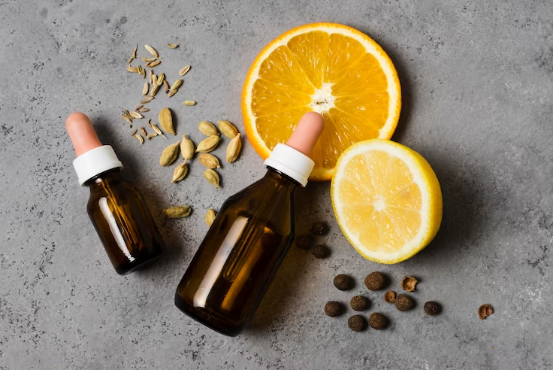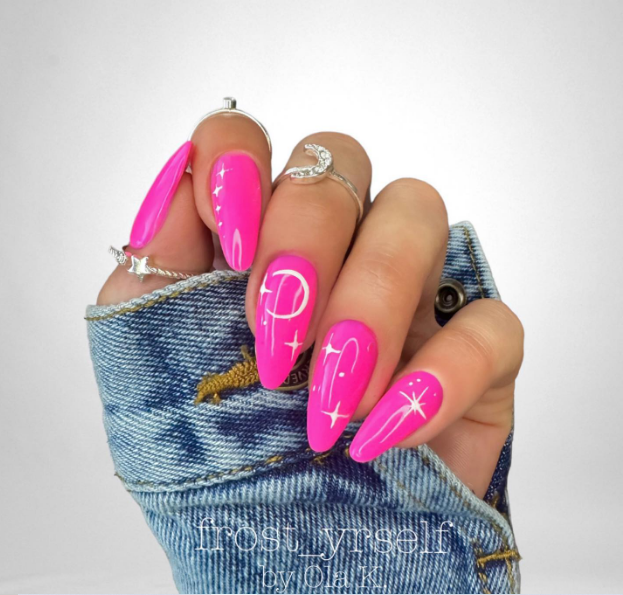 Having an uneven skin tone, where your face is darker than the rest of your body, can be frustrating and affect your self-esteem. This condition, known as hyperpigmentation or melasma, is often caused by a variety of factors, including dry skin, sun exposure, hormonal changes, and genetics. Fortunately, there are effective solutions available to help even out your skin tone and achieve a more uniform complexion. In this article, we'll explore some of the most effective solutions for people with a dark face and a light body.
Having an uneven skin tone, where your face is darker than the rest of your body, can be frustrating and affect your self-esteem. This condition, known as hyperpigmentation or melasma, is often caused by a variety of factors, including dry skin, sun exposure, hormonal changes, and genetics. Fortunately, there are effective solutions available to help even out your skin tone and achieve a more uniform complexion. In this article, we'll explore some of the most effective solutions for people with a dark face and a light body.
Healing Dry Skin on face which causes Dark face and light body
Dry skin on the face can be uncomfortable and unsightly, often leading to flakiness, darkness, and discomfort. There are numerous skincare products on the market, but one affordable and effective option for treating dry facial skin resulting in darkness is petroleum jelly. This versatile, non-comedogenic product can provide relief and hydration to parched skin, leaving it soft, supple, and radiant. In this article, we will explore the many ways petroleum jelly can heal dry skin on the face, its benefits, and how to properly use it in your skincare routine.
What Is Petroleum Jelly?
Petroleum jelly, commonly known by the brand name Vaseline, is a semi-solid mixture of hydrocarbons derived from petroleum. It has been used for over a century and is widely recognized for its moisturizing and protective properties. Petroleum jelly is an occlusive agent, which means it forms a barrier on the skin's surface to lock in moisture and prevent evaporation, making it an excellent choice for dry skin.
How Does Petroleum Jelly Benefit Dry Skin?
- Intense Moisturization:
One of the primary reasons petroleum jelly is effective for dry skin is its ability to seal in moisture. When applied to the face, it creates a barrier that prevents water loss from the skin's surface. This results in deep hydration, keeping the skin soft and preventing it from becoming parched.
- Repairing Skin's Barrier:
Dry skin often signifies a compromised skin barrier, which can lead to increased sensitivity and susceptibility to environmental damage. Petroleum jelly helps repair the skin's barrier by providing a protective layer that shields it from harsh weather conditions, pollutants, and irritants.
- Non-Irritating:
Petroleum jelly is hypoallergenic and non-comedogenic, making it suitable for most skin types. It is unlikely to cause adverse reactions or clog pores, making it a safe option for those with sensitive or acne-prone skin.
How to Use Petroleum Jelly to Heal Dry Facial Skin:
- Cleanse Your Face:
Start by thoroughly cleansing your face with a gentle, hydrating cleanser to remove any impurities and ensure a clean canvas for the petroleum jelly. A consistent skincare routine can help lighten dark facial skin and promote an even complexion.
- Apply Petroleum Jelly Sparingly:
Using a clean finger or a cotton swab, apply a thin layer of petroleum jelly to your dry facial areas. Be careful not to use too much, as a little goes a long way.
- Focus on Dry Spots:
Concentrate on the areas that are especially dry, such as the cheeks, nose, and forehead. Avoid applying it to the entire face, as some areas may not need as much hydration.
- Use as a Night Treatment:
Petroleum jelly is particularly effective as a nighttime treatment. Apply it before bed and allow it to work its magic overnight. This can help your skin absorb the moisture and repair itself.
- Combine with Other Products:
Petroleum jelly can be incorporated into your existing skincare routine. You can use it after applying your moisturizer or mixed with a few drops of your favorite facial oil for enhanced hydration.
- Sun Protection:
If you plan to go outside during the day, it's crucial to apply sunscreen on top of the petroleum jelly to protect your skin from harmful UV rays.
Precautions and Tips:
-
Patch Test: Perform a patch test before applying petroleum jelly to your face to ensure you don't have an adverse reaction.
-
Allergies: If you have a known allergy to petroleum-based products, consult a dermatologist before using petroleum jelly.
-
Hygiene: Always use clean fingers or tools when applying petroleum jelly to avoid introducing bacteria to your skin.
-
Moderation: While petroleum jelly is safe for most skin types, excessive use may lead to an overly greasy feel or clogged pores. Use it in moderation.
Conclusion
Achieving an even skin tone when you have a dark face and a light body is possible with the right combination of sun protection, skincare routine, professional treatments, and lifestyle changes.
Petroleum jelly is a time-tested, budget-friendly solution for healing dry skin on the face. Its ability to lock in moisture, repair the skin's barrier, and provide a protective shield makes it an excellent choice for anyone struggling with dry or sensitive skin. When used correctly and in combination with a consistent skincare routine, petroleum jelly can help restore your facial skin's natural glow and vitality, leaving you feeling more comfortable and confident.
It's important to be patient and consistent with your efforts, as skin improvement can take time. If you're struggling with this issue, it's advisable to consult with a dermatologist who can provide personalized recommendations and treatments to address your specific needs. With dedication and the right approach, you can attain the radiant, even complexion you desire.









































